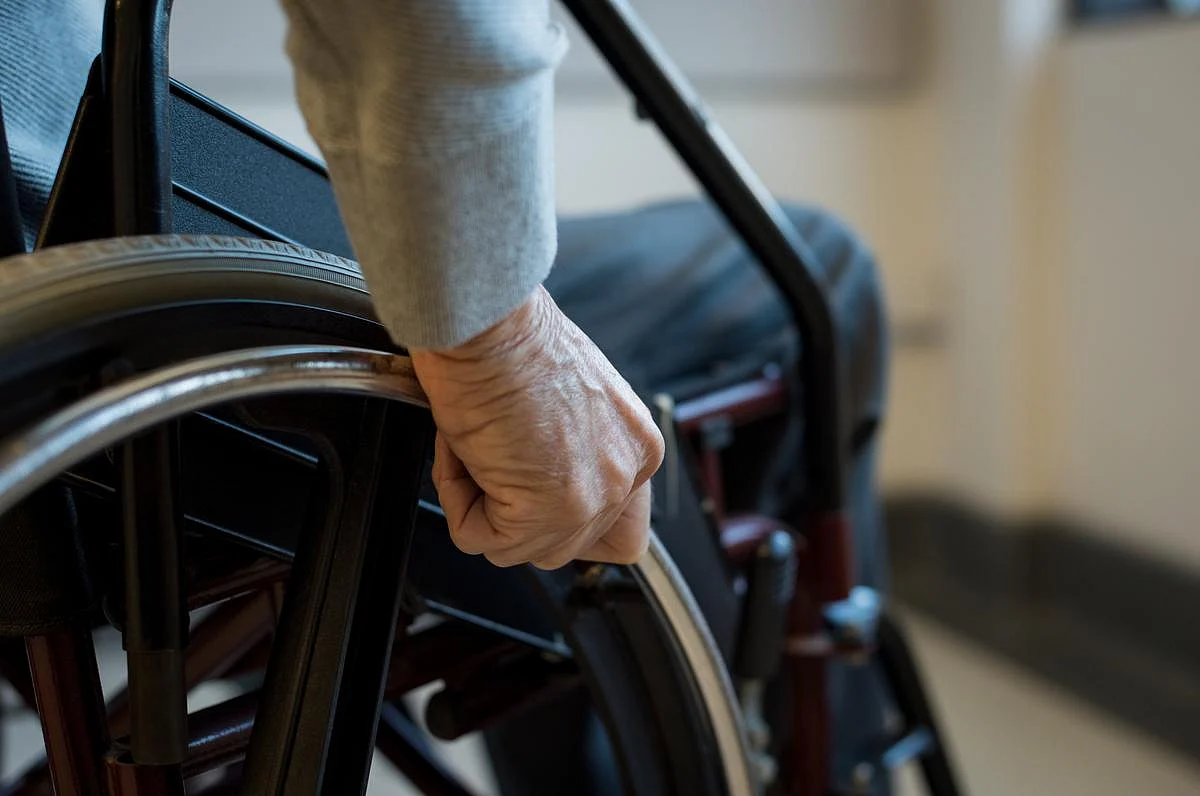Source Of Breathing Problems Identified For People With Spinal Cord Injuries
By Dennis Thompson HealthDay Reporter
FRIDAY, Aug. 15, 2025 — Breathing problems are common among people with a spinal cord injury, frequently contributing to illness and death.
But researchers think they’ve sussed out a way to potentially improve these patients’ ability to breathe, a new study says.
A group of nerve cells in the brain and spinal cord called interneurons works to boost breathing when a person grows short-winded from exercise or high altitude, researchers report this month in the journal Cell Reports.
By manipulating these nerve cells, researchers might be able to create treatments for spinal cord patients who struggle to breathe on their own.
“While we know the brainstem sets the rhythm for breathing, the exact pathways that increase respiratory motor neuron output, have been unclear — until now,” lead researcher Polyxeni Philippidou said in a news release. She’s an associate professor of neurosciences at Case Western Reserve University School of Medicine in Cleveland.
In the study, researchers used genetically modified mice to explore the nerve pathways involved in breathing.
They found that blocking signals from a specific set of interneurons made it harder for mice to breathe properly when too much carbon dioxide had accumulated in the blood.
“We were able to define the genetic identity, activity patterns and role of a specialized subset of spinal cord neurons involved in controlling breathing,” Philippidou said.
Carbon dioxide naturally occurs in the body as cells produce energy. Red blood cells carry carbon dioxide from organs and tissues to the lungs, where it is exhaled.
If the body can’t shed carbon dioxide, the gas can build up in the blood, making it hard to breathe and leading to respiratory failure, researchers said.
“These spinal cord cells are important for helping the body adjust its breathing in response to changes like high CO2 levels,” Philippidou said.
The team is now testing whether targeting interneurons can help restore breathing in people with nerve diseases like amyotrophic lateral sclerosis (ALS) or Alzheimer’s disease.
Sources
- Case Western Reserve University, news release, Aug. 13, 2025
Disclaimer: Statistical data in medical articles provide general trends and do not pertain to individuals. Individual factors can vary greatly. Always seek personalized medical advice for individual healthcare decisions.
© 2025 HealthDay. All rights reserved.
Posted August 2025
Read this next
Sugar Substitutes Could Be Bad For Brain Aging, Study Argues
THURSDAY, Sept. 4, 2025 — Artificial sweeteners like Equal and Sweet’N Low might help you cut calories, but it might be at the cost of future brain power, according to...
FDA Approves Subcutaneous Leqembi for Treatment of Early Alzheimer Disease
TUESDAY, Sept. 2, 2025 -- The U.S. Food and Drug Administration has approved Leqembi Iqlik, a subcutaneous version of lecanemab, for weekly maintenance after the 18-month...
A Sense Of Purpose Can Protect Brain Health In Aging
THURSDAY, Aug. 28, 2025 — Having a sense of purpose in life is not only personally fulfilling, but might also protect your brain against the ravages of dementia, a new study...
More news resources
- FDA Medwatch Drug Alerts
- Daily MedNews
- News for Health Professionals
- New Drug Approvals
- New Drug Applications
- Drug Shortages
- Clinical Trial Results
- Generic Drug Approvals
Subscribe to our newsletter
Whatever your topic of interest, subscribe to our newsletters to get the best of Drugs.com in your inbox.

